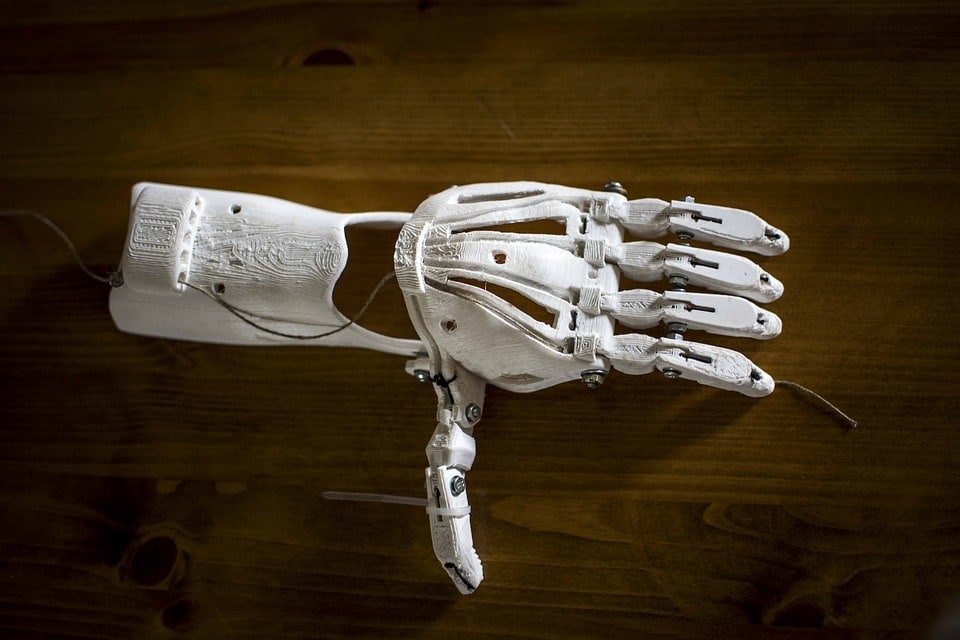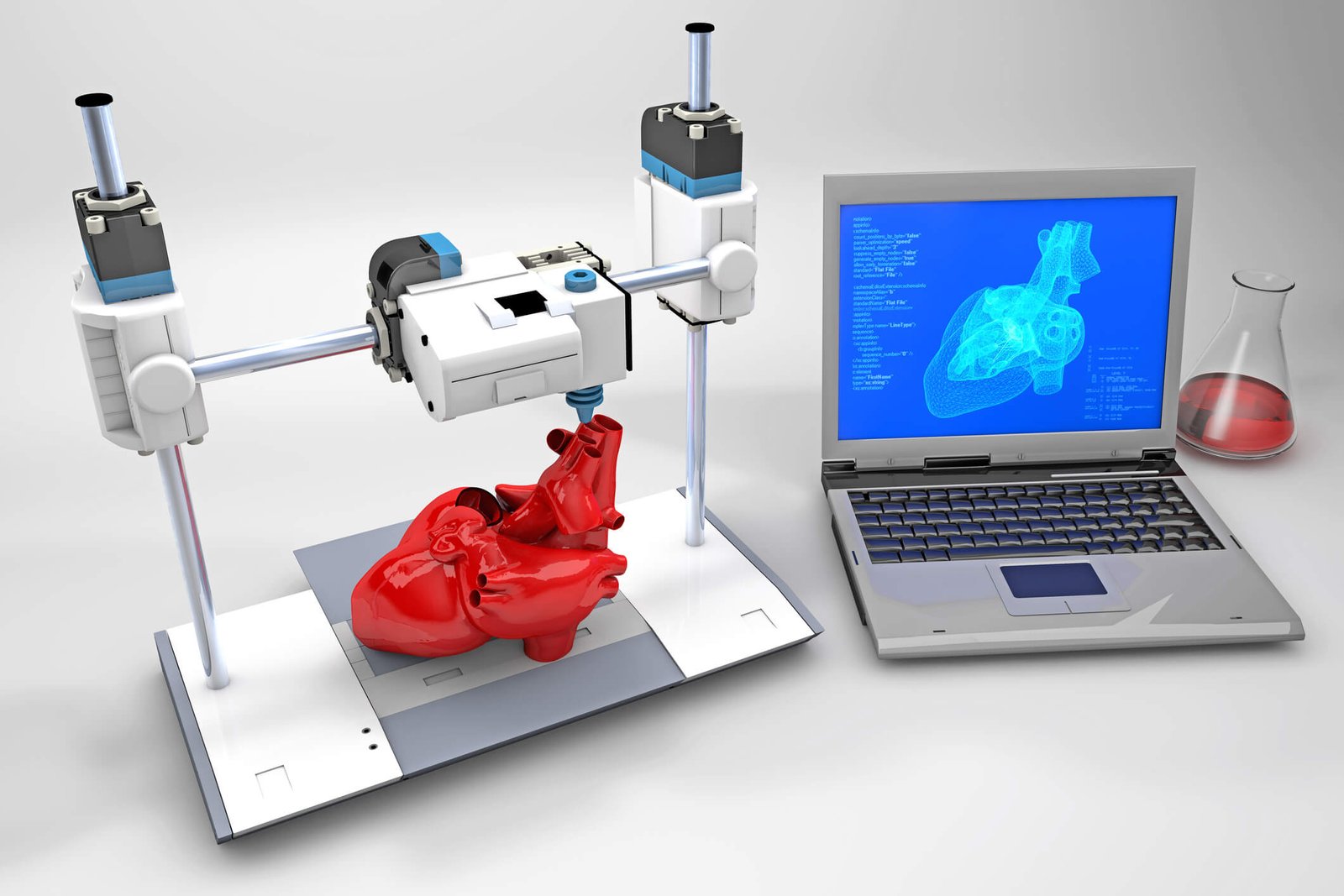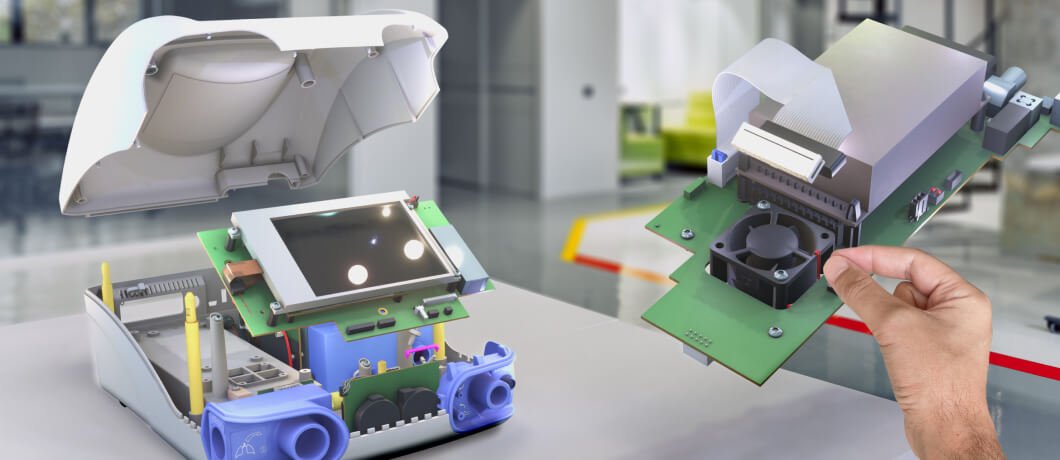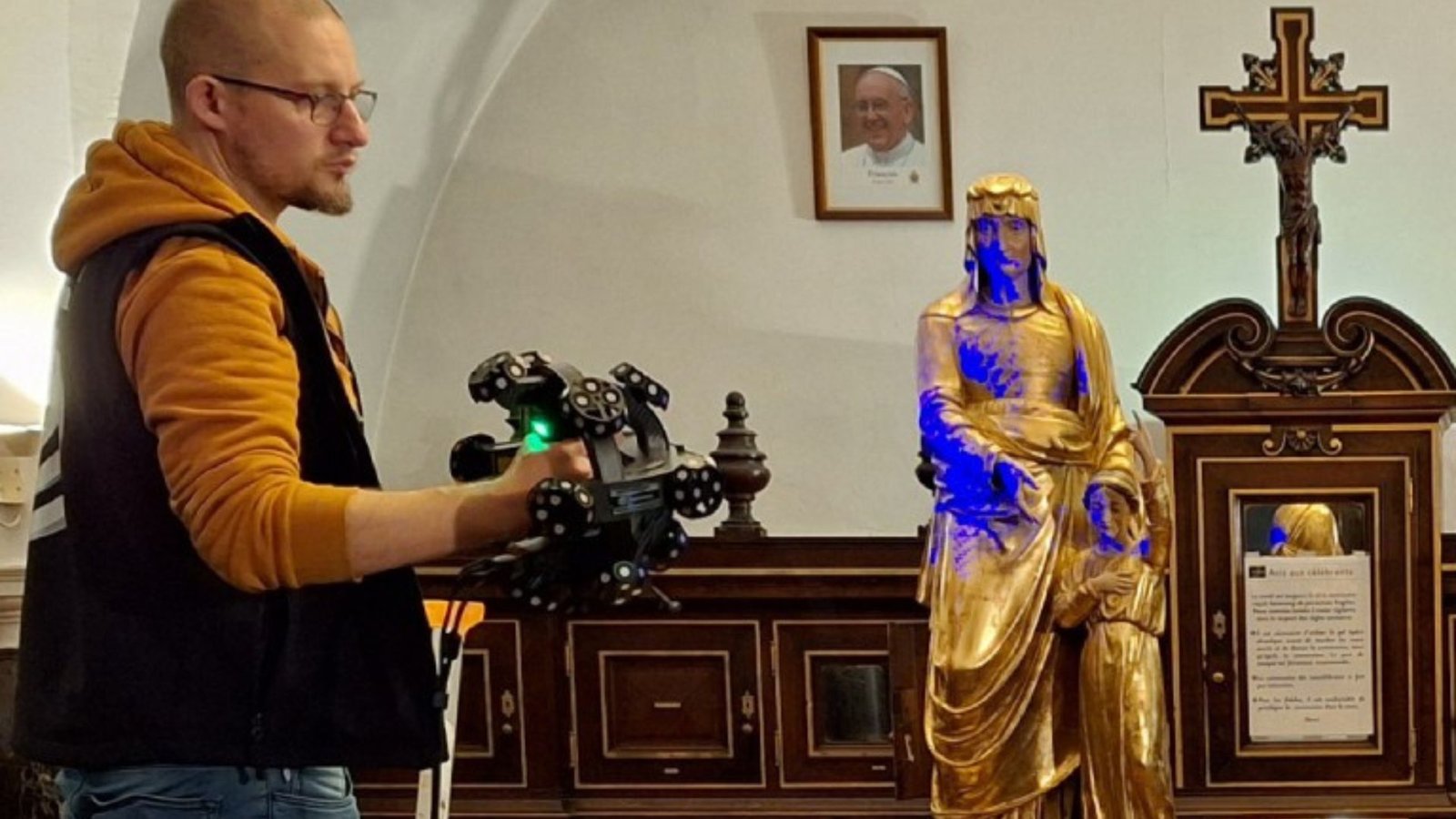3D technology has revolutionized many industries, and one of the most impactful areas is medicine. The top uses of 3D technology in medicine have helped improve patient care, enhance surgical precision, and make treatments more personalized. In this article, we’ll explore how 3D technology is being used in healthcare and how it’s improving medical outcomes worldwide.
1. 3D Printing of Prosthetics
One of the most impressive top uses of 3D technology in medicine is the creation of custom prosthetics. 3D printing allows for the design of prosthetic limbs that perfectly fit a patient’s body. Traditionally, prosthetics were made in a standard size and then adjusted, but with 3D printing, these devices are made specifically for the measurements of the patient’s body.
This level of personalization helps improve comfort and functionality for patients. Additionally, 3D printing is faster and more affordable than traditional prosthetic manufacturing. It has made prosthetics more accessible to people who need them, offering a chance for a better quality of life.

2. Surgical Planning and Practice
Another amazing example of top uses of 3D technology in medicine is its role in surgical planning. Surgeons can use 3D printed models of a patient’s organs or body parts to plan complex surgeries. For example, a doctor can create a 3D model of a tumor or a broken bone based on medical scans like CT or MRI images. This model helps the surgeon visualize the area they will be operating on, giving them a better understanding of how to approach the surgery.
In addition to planning, surgeons can also practice on these 3D models before performing the actual operation. This leads to greater precision and reduces the risk of complications. 3D technology makes surgeries safer and more effective.
3. Personalized Implants
The top uses of 3D technology in medicine also include the creation of personalized implants. Traditional implants, such as those used in joint replacements or dental work, are mass-produced. However, 3D printing allows for the creation of implants that are custom-designed to fit the exact specifications of a patient’s body.
For example, in joint replacement surgery, 3D technology can be used to create a replacement hip or knee that fits perfectly into the patient’s anatomy. This personalized approach not only improves the fit but also speeds up recovery times. Custom dental implants can also be made using 3D printing, ensuring a perfect fit and reducing discomfort for the patient.
4. Medical Devices and Tools
Another way top uses of 3D technology in medicine are helping the healthcare industry is through the creation of custom medical devices and tools. For example, 3D printing allows for the production of specialized surgical tools that are tailored for specific procedures. These tools can be made with high precision and adjusted to meet the unique needs of individual surgeries.
Furthermore, 3D printing can be used to produce models for devices like hearing aids or glasses. These devices can be tailored to the patient’s exact measurements, improving their effectiveness and comfort. With 3D technology, medical professionals can create tools and devices that are better suited to the patient, leading to better health outcomes.
5. Drug Development and Testing
One of the more recent top uses of 3D technology in medicine is in drug development and testing. Scientists and researchers are using 3D printers to create models of human tissues or organs. These models can be used to test how drugs interact with the body, allowing for more accurate results before human trials.
These 3D-printed tissues can also help researchers understand how diseases affect the body and how treatments can work more effectively. In addition, 3D printing can help with the development of drug delivery systems, where medication is delivered directly to the area that needs it most. This technology is making drug testing faster, safer, and more effective.
6. Education and Training for Medical Professionals
The top uses of 3D technology in medicine aren’t limited to patient care. It’s also playing a significant role in the education and training of medical professionals. Medical students and professionals can now use 3D printed models to study the human body, practice surgeries, and learn about diseases in a way that wasn’t possible before.
Instead of relying on textbooks or 2D images, students can examine and interact with 3D models of organs, bones, and other body parts. This hands-on learning experience helps them understand complex concepts and prepares them for real-life medical scenarios. 3D technology has greatly improved medical education by providing better tools for training and skill development.
7. Bioprinting: Printing Human Tissues
One of the most futuristic top uses of 3D technology in medicine is bioprinting. Bioprinting involves using 3D printing technology to create living tissues, such as skin, blood vessels, or even organs. Researchers are working on printing human tissues that can be used for transplants, which could revolutionize organ donation.
Although this technology is still in its early stages, the potential is huge. Bioprinting could eventually solve the problem of organ shortages by creating functional organs for transplantation. This could save thousands of lives and transform the way we approach organ transplants in the future.
Conclusion
In conclusion, the top uses of 3D technology in medicine are changing the way we approach healthcare. From creating custom prosthetics to planning complex surgeries, 3D technology has made a significant impact on patient care. Personalized implants, medical tools, and drug testing are just a few more examples of how 3D technology is improving medical practices.
As the technology continues to evolve, we can expect even more advancements that will improve the way doctors and researchers diagnose, treat, and prevent diseases. With 3D technology, the future of medicine looks brighter, offering better outcomes for patients and more effective treatments for a wide range of conditions.




